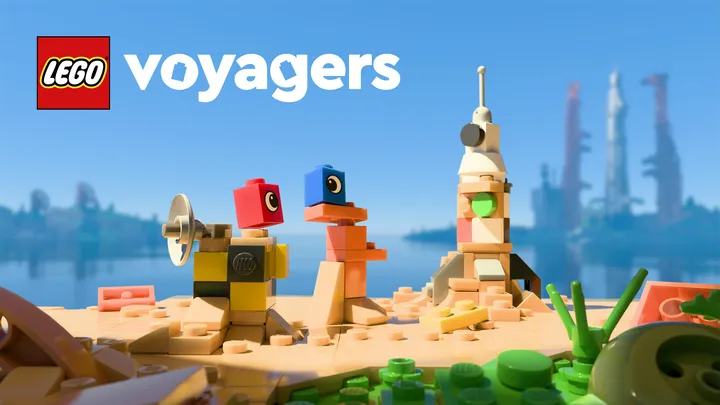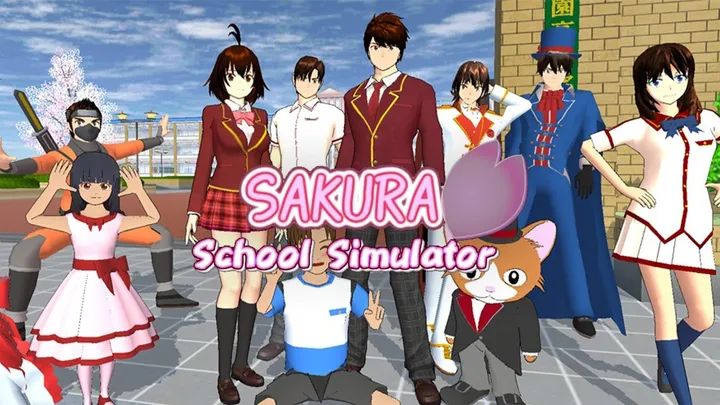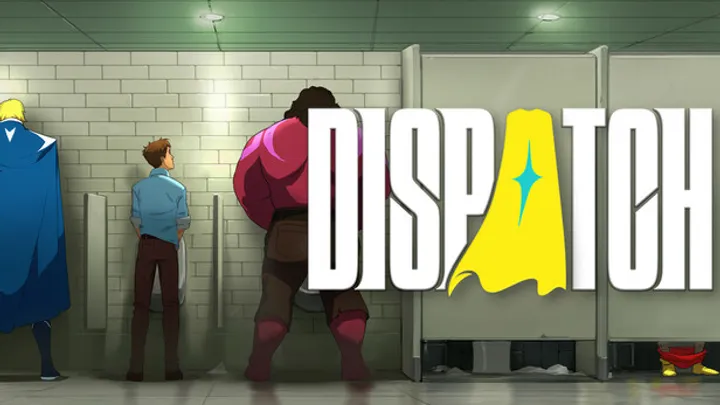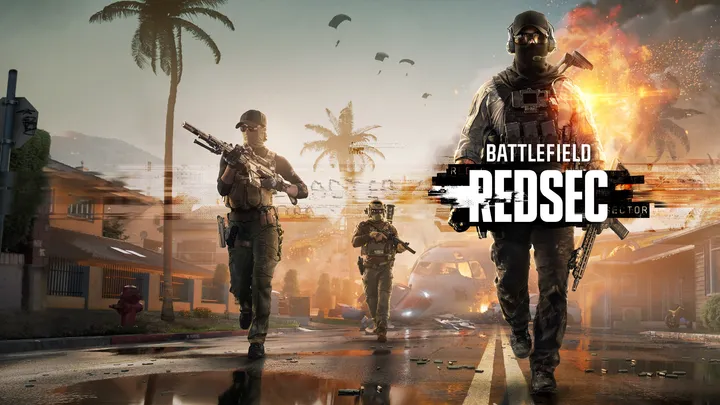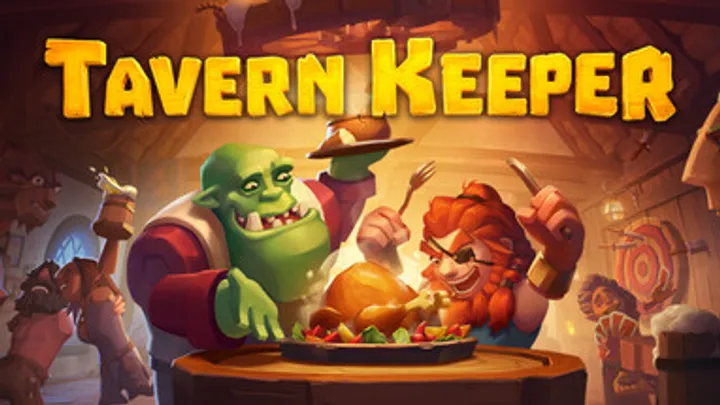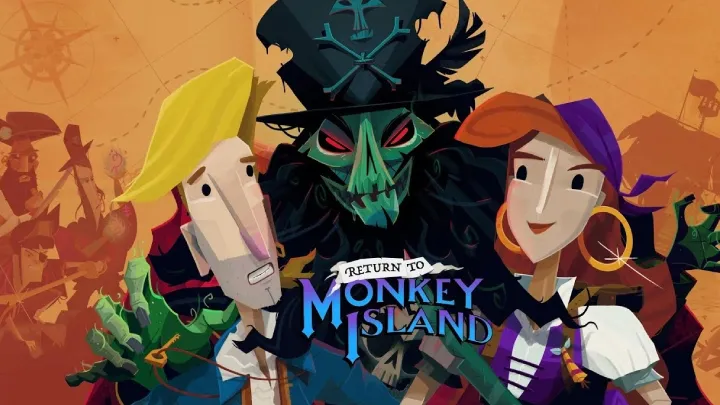
Introduction
Return to Monkey Island, developed by Terrible Toybox, marks a triumphant return to the beloved point-and-click adventure series that defined a generation of gamers. This sequel, released over three decades after Monkey Island 2: LeChuck's Revenge, attempts to reignite the franchise's iconic blend of humor, adventure, and charm. However, one of the most notable issues it addresses is the balance between nostalgia for longtime fans and accessibility for new players. The game strategically intertwines familiar elements with modern design, creating a unique narrative experience. In this article, we will explore the intricacies of storytelling, character development, humor, and gameplay mechanics in Return to Monkey Island, examining how the developers effectively navigate the complexities of updating a classic while staying true to its roots.
Understanding the Legacy of Monkey Island
A Brief History of the Series
The Monkey Island series began in 1990 with The Secret of Monkey Island, developed by Lucasarts. It quickly became a staple of the point-and-click genre, known for its whimsical humor, clever puzzles, and memorable characters like Guybrush Threepwood, Elaine Marley, and the ghost pirate LeChuck. The series established itself as a cultural touchstone, leading to several sequels that built on the original’s charm but also diverged in various directions.
The Impact of Nostalgia
Fans have long cherished the series, and Return to Monkey Island capitalizes on this nostalgia. The developers, led by series creator Ron Gilbert, strived to appeal to fans while introducing new players to the whimsical world of Monkey Island. However, they faced the challenge of not alienating those who have fond memories of the earlier games.
Key Elements of Nostalgia in the Series
- Familiar Characters: The return of beloved characters provides a comforting sense of continuity, helping to maintain the connection to the franchise.
- Iconic Locations: Locations such as Melee Island and Monkey Island evoke a sense of familiarity, encouraging nostalgic exploration.
- Signature Humor: The series is known for its witty dialogue and puns, which continue to resonate with players who experienced the original games.
Setting the Stage for the Sequel
Return to Monkey Island operates within a nostalgic framework that simultaneously invites both new and veteran players into its vibrant, comedic world. However, the challenge lies in effectively balancing the old with the new to create an engaging narrative.
Plot Development: A Pirate's Journey Continues
The Story Arc
The plot of Return to Monkey Island revolves around Guybrush Threepwood’s quest to uncover the secret of Monkey Island, while also facing off against LeChuck—his long-time nemesis. The story weaves together elements of adventure, friendship, and self-discovery as Guybrush pursues his dream of becoming a mighty pirate.
Evolving Character Dynamics
As players rejoin Guybrush and his companions, they encounter evolved character dynamics that reflect the passage of time. The relationships among characters add depth to the narrative and reinforce themes of growth and nostalgia.
Key Character Interactions
- Guybrush and Elaine: The strong bond between Guybrush and Elaine highlights the evolution of their relationship, emphasizing maturity while still maintaining their playful banter.
- Guybrush and LeChuck: The rivalry persists, but it evolves into a more complex dynamic that explores their history and motives, adding layers to the conflict.
- Supporting Cast: Characters like the pirate leaders and new faces enrich the story, offering comedic moments as well as meaningful interactions that contribute to Guybrush's journey.
Themes of Growth and Redemption
The narrative arc incorporates themes of personal growth and redemption. Guybrush’s journey mirrors a universal quest for purpose, making his experiences relatable to both new and veteran players.
The Humor Factor: A Standout Element
Clever Writing and Wit
The original Monkey Island games were renowned for their clever writing, packed with puns and humorous dialogue. Return to Monkey Island retains this element, bringing back the charm that made it beloved and adding layers of modern humor that resonate with today's audience.
Interplay of Modern and Classic Humor
The developers strike a balance between classic slapstick and contemporary wit, appealing to a wide audience. This includes nods to both the hefty lore of the previous games and referencing modern piracy tropes in a lighthearted manner.
Notable Examples of Humor
- Pirate Trials: The comedic pirate trials introduce absurd challenges that highlight the whimsical nature of the plot.
- Dialogue Choices: Players encounter numerous witty exchanges that reflect character traits while also offering comedic moments that lighten tensions.
- Meta-Humor: The game occasionally breaks the fourth wall, playing with player expectations and acknowledging its own history in a self-referential manner.
Characterizing Personality through Humor
The humor in Return to Monkey Island is vividly displayed through character interactions and personality traits, ensuring that characters remain distinct and memorable. The comedic writing maintains player engagement while also contributing to the narrative's thematic depth.
Gameplay Mechanics: Blending Classic and Modern Design
The Point-and-Click Legacy
The original Monkey Island games set standards for point-and-click mechanics, and Return to Monkey Island is no exception. The game retains traditional puzzle-solving strategies while incorporating user-friendly enhancements that cater to contemporary gaming sensibilities.
Intuitive Controls and User Interface
One of the most significant advancements in the remake is its intuitive controls and streamlined user interface. The developers have prioritized accessibility, making it easier for newcomers to engage with the gameplay while maintaining depth for seasoned players.
Key Features of Gameplay Mechanics
- Simplified Navigation: The interface allows for quick access to items, dialogue trees, and a map system that aids in exploration.
- Comprehensive Inventory System: The inventory is organized clearly, enabling players to manage items efficiently and encouraging creative problem-solving.
- Hint System: The inclusion of a hint system caters to those who may struggle with puzzles, allowing for a smooth gaming experience without sacrificing challenge.
Puzzle Design: A Mix of Innovation and Nostalgia
The puzzles in Return to Monkey Island reflect a careful blend of innovative design and nostalgic callbacks. They challenge players while simultaneously evoking memories of classic problem-solving moments from the earlier titles.
Noteworthy Puzzle Characteristics
- Creative Problem-Solving: Puzzles often require lateral thinking and may have multiple solutions, encouraging players to approach challenges differently.
- Themed Areas: Puzzles are thematically tied to their locales, enhancing immersion and narrative engagement.
- Nostalgic References: Many puzzles pay homage to classic scenarios from previous games, rewarding longtime fans with opportunities to engage in familiar challenges.
Player Engagement: Balancing Nostalgia and Accessibility
Attracting New Audiences
As a sequel, Return to Monkey Island must cater to the nostalgia of dedicated fans while also serving new players unfamiliar with the franchise. The developers have made conscious efforts to ensure that the game is accessible and enjoyable for everyone.
Creating a Welcoming Environment
Mechanics such as easy-to-navigate controls, a comprehensive tutorial, and the hint system ease newcomers into the experience, allowing them to engage without feeling overwhelmed.
Strategies for Inclusivity
- Diverse Difficulty Levels: The game offers adjustable difficulty settings, allowing players to tailor their experience to their preferences while maintaining challenge.
- Contextual Reminders: Players are reminded of important lore and characters, giving appropriate context for those less familiar with the series.
- Character Exploration: Engaging character designs and well-written dialogue allow new players to appreciate the charm of the Monkey Island world without prior knowledge.
Retaining Core Themes
Despite the attempts to modernize, the game accurately retains the core themes and humor that define the franchise. The dialogue, character arcs, and overarching plot engage returning players while ensuring that the game feels coherent and polished for newcomers.
The Art Style: A Fresh Take on Iconic Design
Visual Evolution
The art style in Return to Monkey Island takes a fresh approach while paying homage to the original's pixel art aesthetic. The game employs a lush, colorful, and cartoon-like visual style that enhances immersion and captures the essence of adventure.
Influences of Contemporary Design
The developers have integrated modern graphic techniques and design principles that elevate the overall aesthetic without disconnecting it from its roots. The new visuals breathe life into the environments and characters while respecting the historical context of the franchise.
Key Features of the Visual Style
- Vibrant Environments: Each location has its color palette and visual cues that enrich the gameplay experience, guiding players through the various regions.
- Expressive Character Designs: Characters possess exaggerated features and animations, contributing to their personalities while making interactions engaging and lively.
- Dynamic Backgrounds: The backgrounds create a living environment that changes and reacts to player actions, adding layers of immersion.
Celebrating Visual Humor
The humor is reflected not only through dialogue but also through visual gags and character expressions. The art style allows for clever visual storytelling that enhances comedic moments throughout the gameplay.
The Impact of Sound Design and Music
Iconic Soundtrack
The Monkey Island series is recognized for its catchy and memorable soundtracks. Return to Monkey Island upholds this tradition with a score that intertwines with the narrative while enhancing player engagement.
Creating Immersion through Sound
Sound design plays a crucial role in creating an atmosphere that resonates with the game's narrative. Ambient sounds, voice acting, and music all contribute to a truly immersive experience.
Key Elements of Sound Design
- Character Voice Acting: High-quality voice acting breathes life into characters, enhancing emotional connection and humor.
- Sound Effects: The implementation of sound cues—whether it’s the creaking of ships or the bustling of towns—immerses players in their surroundings.
- Adaptive Music: The music shifts according to gameplay pace, rising during dramatic moments and calming during exploration, further enhancing immersion.
A Blend of Old and New
The soundtrack features new arrangements of classic themes alongside fresh compositions, carefully blending nostalgia with innovative creativity. This balance deepens players' emotional connections to the game and enhances their overall experience.
Navigating the Legacy: The Future of Monkey Island
Implications of the Remake
Return to Monkey Island has the potential to influence the future direction of the franchise, serving as a bridge between the iconic past and an expansive future. The developers' decisions may impact both how the series continues and how future generations experience these beloved characters and stories.
Setting New Standards for Revival
By striking a careful balance between nostalgia and modern gameplay elements, the game sets a new standard for revivals of classic titles. Its approach could serve as a guide for other developers looking to breathe new life into legacy franchises.
Future Directions to Consider
- Expanded Narrative Arcs: Subsequent games could delve deeper into character backstories, allowing for richer storytelling.
- Ongoing Character Development: Exploration of how characters evolve over time provides opportunities for deeper engagement across installments.
- Innovative Gameplay Mechanics: Future titles may draw inspiration from the success of Return to Monkey Island’s balance of classic and contemporary mechanics.
Engaging a New Generation
The remake's ability to appeal to both veterans and new players ensures the continuity of the franchise. Encouraging newer gamers to explore the same magic that captivated earlier generations is essential for revitalizing interest in Monkey Island.
Conclusion: A Successful Return to the Sea of Adventure
Return to Monkey Island beautifully captures the heart and spirit of the original franchise while breathing new life into its classic gameplay and storytelling mechanics. Striking a balance between nostalgia and modern accessibility, it invites both longtime fans and newcomers to embark on a pirate adventure filled with humor, engaging puzzles, and memorable characters.
Through its innovative narrative structure, upgraded visuals, and refined gameplay mechanics, it represents a successful revival that honors its legacy while paving the way for the future of the series. The enduring charm of Monkey Island ensures that players remain captivated, embracing the wit and creativity that have defined this iconic franchise for decades.








